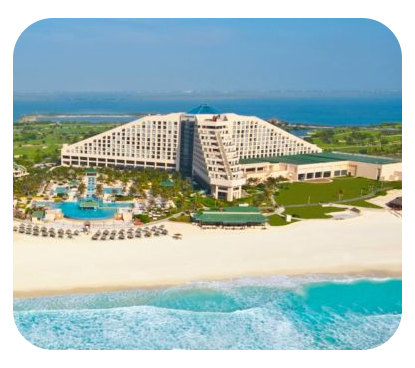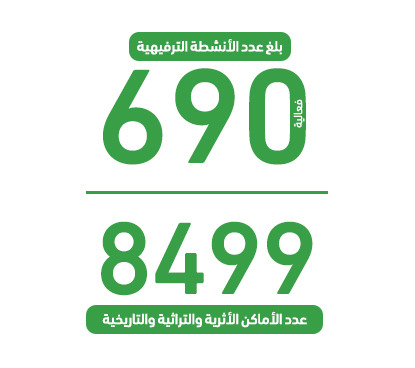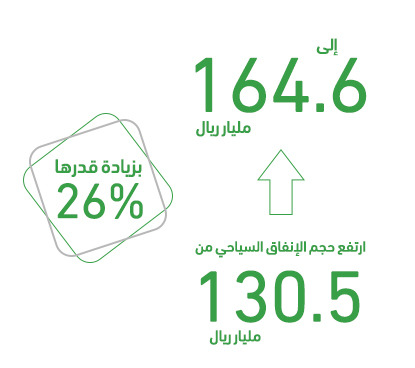Mashroo3k Consulting Company offers a feasibility study for a tourist resort project in Yemen, covering an area of 30,000 square meters, with the highest return on investment and the best payback period. This study is based on a series of in-depth studies of the Yemen market size, an analysis of local and foreign competitors’ strategies, and the provision of competitive pricing.

The resort is constructing a chalet complex on an area of 30,000 square meters, according to high standards of luxury. The resort offers rental services, in addition to other hotel services. The project targets individuals and tourism companies. The resort is one of the promising projects in Yemen, given the new reconstruction and development policies. mashroo3k Consulting Company provides investors interested in investing in a tourist resort project in Yemen with a set of specialized feasibility studies based on modern databases specific to the Yemen market, which help ensure the project’s success, achieve the highest return on investment, and achieve the best payback period.



Highest-quality products.
Application of approved quality standards.
Application of approved health requirements.
Latest packaging technology.
Management of development and marketing ideas to enhance competitive advantages.
Executive summary
Study project services/products
Market Size Analysis
Risk Assessment
Technical study
Financial study
Organizational and administrative study

The Tourism Sector in the GCC
The tourism sector is one of the most important contributors to global GDP. Its direct contribution constitutes 3.3% of global GDP, while the total contribution of the sector reached 10.4%, amounting to US$9.2 trillion. It is worth noting that the sector accounts for 10.6% of all jobs (334 million jobs), and the value of global leisure travel spending is estimated at US$2.37 trillion. It is worth noting that the sector is constantly growing, creating one in four new jobs worldwide. This is a brief overview of global sector indicators.
As for sector indicators in the GCC, we present them below:
The total number of tourists arriving in the GCC countries reached 43.8 million, with an annual decline rate of 0.3% over a five-year period.
If we assume the number of tourists arriving in the GCC countries as a percentage, the UAE alone accounts for approximately 49.2%, followed by Saudi Arabia with 31.1%. Regarding the remaining countries, the following figure shows the distribution of tourist arrivals to the GCC countries:
Inbound tourist spending to the GCC countries recorded consecutive growth (12.1%), reaching $81.1 billion.
The UAE alone accounts for 47.30% of the total inbound tourist spending to the GCC countries.
The total number of nights spent by tourists in the GCC countries reached 303.2 million nights. Saudi Arabia’s share of these nights was 57.4%.
The total number of domestic tourists among the GCC countries amounted to approximately 12.6 million people.
It is worth noting that the percentage of intra-GCC tourism accounted for 28.7% of the total number of tourists arriving in these countries. It should be noted that Bahrain recorded the highest percentage in terms of receiving these domestic tourists. An estimated 95.6% of the total hotel establishments in the GCC countries are operating.
According to a publication by the Gulf Statistical Center, the number of hotel establishments in the GCC countries has reached 11,119.
The total number of rooms in these hotels has reached approximately 620,517, with reports indicating an expected growth rate of 2.3%.
The leisure and hospitality construction market in the GCC countries is expected to reach US$642.3 billion by 2023.
According to the United Nations World Tourism Organization, the GCC countries are poised to welcome 195 million visitors by 2030.

There is no doubt that the COVID-19 pandemic has had a significant impact on the decline in global travel and tourism indicators, with the sector’s contribution to global GDP falling to only 6.1%, compared to 10.3% in the year prior to the pandemic. However, the sector has recently begun to recover, and global indicators confirm this. Therefore, Mashroo3k recommends investing in this vital sector due to the following:
– According to the World Tourism Organization (UNWTO), the number of international tourists increased from 25.2 million in 1950 to 1.40 billion tourists 68 years later.
– By the end of 2021, 2,246 hotels were opened worldwide. By the end of 2022, this number is expected to reach 2,805 hotels, and by the end of 2023, the number will reach 2,934 hotels.
340,700 hotel rooms opened worldwide in 2021, and this number is expected to rise to 428,000 by the end of 2022, reaching 447,600 by 2023.
The Global Tourism Sector: By the end of 2021, travel and tourism’s contribution to global GDP increased by 21.7% compared to the previous year, when the COVID-19 pandemic severely impacted the sector. The sector’s contribution to global GDP reached approximately $5.81 trillion. The global tourism market was valued at approximately $1.311 trillion, and it is expected to reach $2.291 trillion by 2030 (excluding the effects of the pandemic).